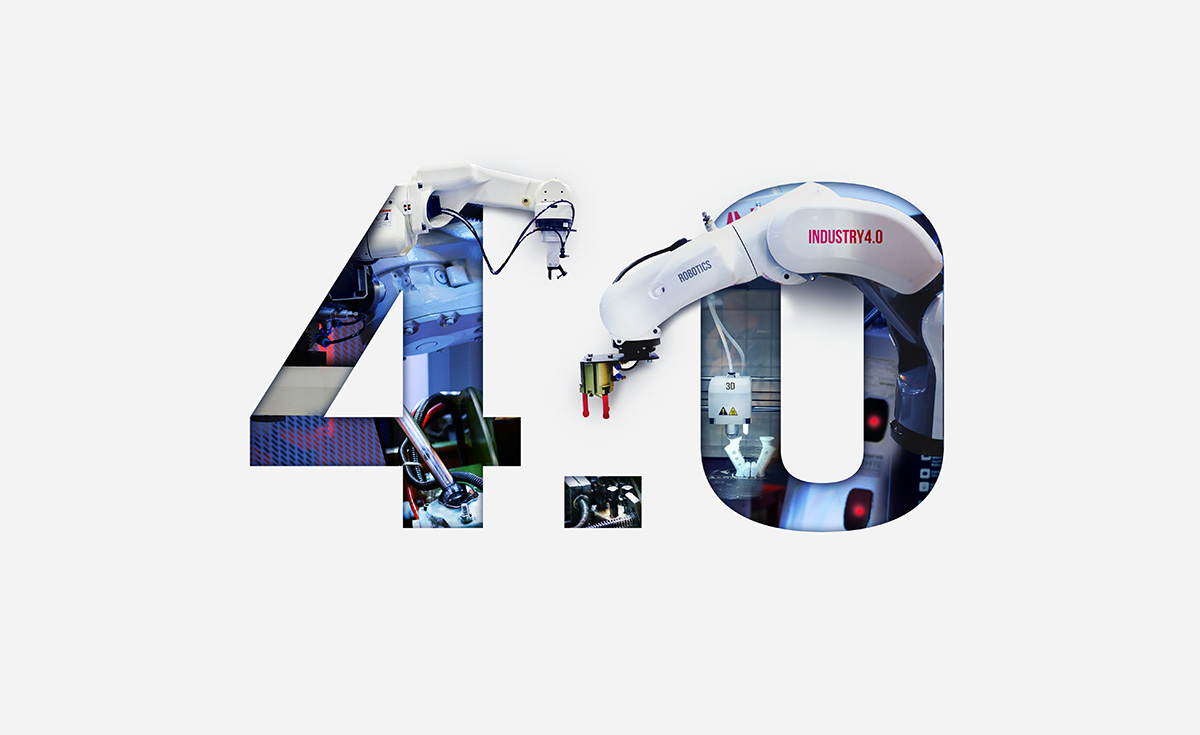How manufacturers can use 5G to accelerate their path to Industry 4.0
Rising consumer confidence, increasing supply chain costs and the surge in demand for products and services, together with a renewed focus on sustainability, mean today’s manufacturers need new, innovative production methods if they want to hit the ground running in the post-COVID world.
But while Industry 4.0 trends such as IoT, digital twins, and smart manufacturing open up many exciting possibilities, manufacturers still face barriers to making efficiency and innovation their competitive advantage.
In an already complex environment, the modern factory requires high-speed connectivity to power the latest systems, processes, and engines. Without that, manufacturers looking to get ahead can’t orchestrate activities at the necessary speed and scale on the factory floor. Enter a communications revolution… dedicated private 5G networks.
So how can today’s manufacturers start to connect the dots and win as they enter Industry 4.0?
Elevating efficiency and productivity across the production process
Efficiencies and productivity improvements can actually be gained in stages. This way, there’s no need to immediately jump all the way to full automation, unless building a new factory from scratch.
Here, there are a number of steps that manufacturing organisations should take to evolve and optimise the factory floor:
- Connected workers: Forge stronger connections between your processes and your workforce, so they can benefit from instant access to production systems. With productivity information at their fingertips, they’ll have the power to adjust and optimise processes as needed.
- Management information: Even if you don’t have the very latest machinery, you can still connect older manufacturing equipment by measuring electrical impulses, to unlock important information like the number of units created. Not only does this create visibility into productivity levels, but it also provides information that can be used to support maintenance work.
- Predictive maintenance: Start to predict when machine tools need replacing to minimise the impact of unexpected outages and make big cost savings in maintaining spares and avoiding unplanned outages.
- Automation or remote control: On the way to full factory automation, use autonomous guided vehicles to deliver parts that are required in the manufacturing process or take finished goods where they’re needed, safely and efficiently.
- Chain of custody: Enable parts-tracking to always know where vital tools and components are when they’re needed, minimising the impact of delays across the manufacturing process.
5G boasts low latency performance, broader coverage across larger areas—indoor and outdoor—and a licensed spectrum, which isn’t prone to the interference that Wi-Fi suffers from.
Manufacturers can enable each of these steps at the right time and advance towards Industry 4.0 with a 5G private network on campus.
5G has also become integral to machine-to-machine communication. It boasts low latency performance, broader coverage across larger areas—indoor and outdoor—and a licensed spectrum, which isn’t prone to the interference that Wi-Fi suffers from.
Shifting and pivoting with ever-evolving demands
Private mobile networks have the capacity to drive significant improvements in manufacturing and supply chain operations by offering a consistent UX across multiple locations and use cases.
5G takes things further by intricately connecting more assets to improve efficiency in the production environment. It allows the collection of even more data throughout the manufacturing plant, such as surrounding temperatures, power fluctuations, environmental conditions, and wear on mechanical apparatus. This highly granular data is collected in real time and used to execute immediate decisions. This drives new efficiencies, such as prompt workstation replenishment, faster asset location through better tracking, and the avoidance of production line downtime through predictive maintenance alerts.
5G IoT improves manufacturing performance and efficiency by enabling continual optimisation of the production process.
5G IoT improves manufacturing performance and efficiency by enabling continual optimisation of the production process. 5G networks can also be configured throughout the factory to utilise dedicated infrastructure and resources to create a private network or network slice.
Free from costly, cumbersome cables, 5G-enabled factory layouts can be reconfigured fast and at short notice, so manufacturers can adopt limited-run, just-in-time, and build-to-order approaches. This has the power to transform production lines, and meet consumers’ rising expectations of high performance, low costs, and short lead times.
Looking for more ways you can use 5G to build the factory of the future? Find them in part two of this article series.





